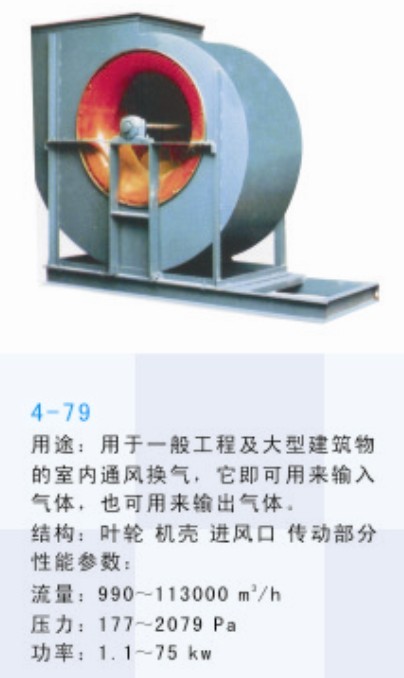
Selection and application of fan performance (I) Description of fan performance: 1. № 10, 12, 16, 20 are converted according to dimensionless performance of № 10 model. 2. № 5, 6, 8 are converted according to dimensionless performance of № 5 model. 3. № 5 and below shall be determined according to the performance of the measured prototype. Note: According to the dimensionless performance curve conversion formula, total pressure H=ρ u2 H (Pa) flow Q=900 π D22 uQ (m3/h) shaft power N=N × D22u3 ρ/4000 (kw), where D2 - impeller outer diameter (m) u - impeller outer edge linear speed (m/s) ρ - gas density (Kg/m3), the required power rate shall be based on shaft power plus mechanical loss and motor reserve. 4. The solid line is № 5 model, and the dotted line is № 10 model. The performance of the fan is expressed by the flow, total pressure, main shaft speed, shaft power, efficiency and other parameters of the fan, and there are certain relationships between the parameters, which are listed in the following table. The relationship of fan performance parameters changes density ρ, speed n changes speed n, atmospheric pressure P, gas temperature t Q1/Q2=n1/n2 H1/H2=(n1/n2) 2 ρ 1/ρ 2 N1/N2=(n1/n2) 3 ρ 1/ρ 2 η 1=η 2 Q1/Q2=n1/n2 H1/H2=(n1/n2) 2 (P1/P2) (273+t2/273+t1) N1/N2=(n1/n2) 3 (P1/P2) (273+t2/273+t1) η 1=η 2 Note: 1. In the middle, Q represents flow (m3/h), H represents total pressure (Pa), N represents shaft power (kw), η represents full pressure efficiency, ρ represents density (kg/m3), t represents temperature (℃), n represents speed (r/min), and P represents atmospheric pressure (Pa). 2. The footnote symbol 2 indicates the known performance and related parameters, and the footnote symbol 1 indicates the required performance and related parameters. (
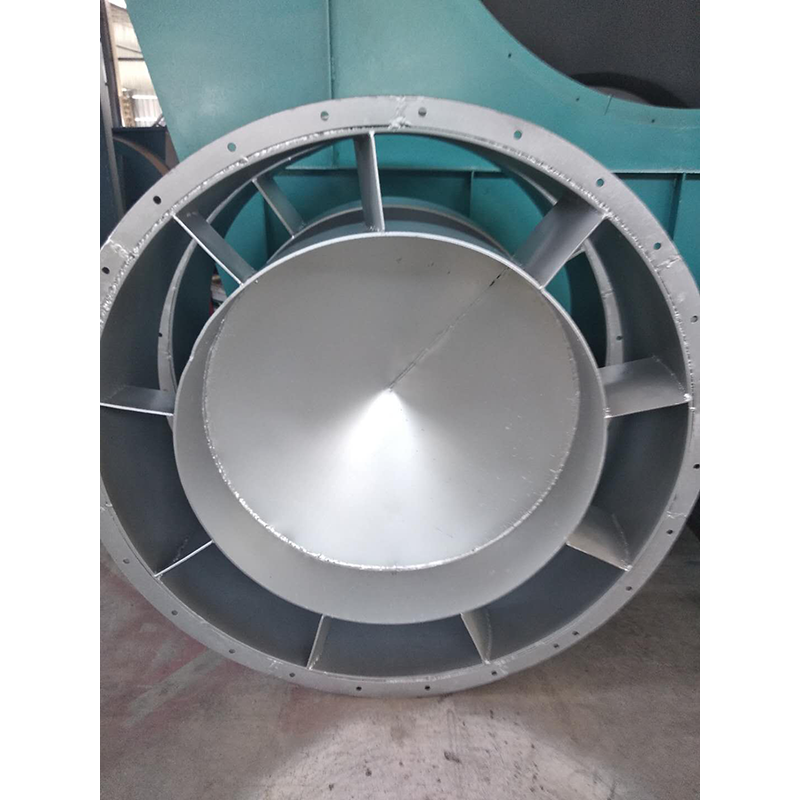
Forecast from domestic market capacity. Loudi Wet dedusting equipment company Fans vary greatly according to different pressure and flow requirements. Therefore, the fan demand should be differentiated according to its type and size, and predicted according to the demand of different industries. According to incomplete statistics, the annual average growth rate of national fan output was 13.8% from 1980 to 1996. major Wet dedusting equipment It is estimated that the total output of wind turbines in China will be 2.6 million to 2.9 million in 2005 and 3.1 million to 3.25 million in 2010. According to the statistics of fan industry over the years, it is predicted that the output of centrifugal compressors will be 1.6 million to 1.8 million in 2005 and 2 million to 2.1 million in 2010; The output of axial compressor is 260000 in 2005, and is expected to reach 360000 in 2010; The market share of turbine compressor and blower will reach about 70% in 2005
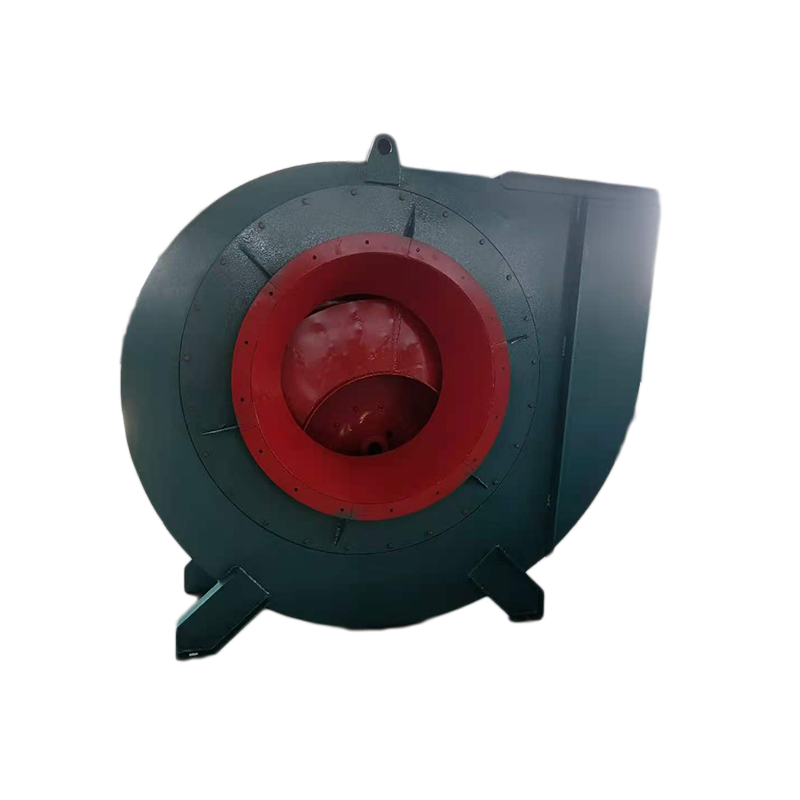
Wet dedusting equipment company Different types of dust remover equipment have their own precautions. When we usually use the dust remover equipment, we should tell my customer friends some application matters. What matters should we consider when using wet electrostatic precipitator? Matters needing attention on the application of wet electrostatic precipitator. 1. The wet electrostatic precipitator shall be put into the insulator chamber electric heating and hot air purging system at least 8 hours in advance to ensure that the temperature of the insulator chamber is more than 60 ℃. 2. The wet desulfurization system of the wet electrostatic precipitator is put into operation early to prevent dry and high-temperature smoke from entering the wet electrostatic precipitator, which will lead to scaling of internal parts and damage of internal anti-corrosion coating. three major Wet dedusting equipment The wet dust collector can be opened when the following three conditions are met together: 3.1 The wet electrostatic precipitator is operated with 25% of the oil gun remaining and 35% of the powder feeding is normal and stable or the oil gun is completely withdrawn. 3.2 The temperature of flue gas entering the wet electrostatic precipitator is lower than 70 ℃. 3.3 Desulfurization equipment has been opened. 4. The process of opening the wet electrostatic precipitator: first open the low-pressure water supply system and then the high-pressure power supply system.
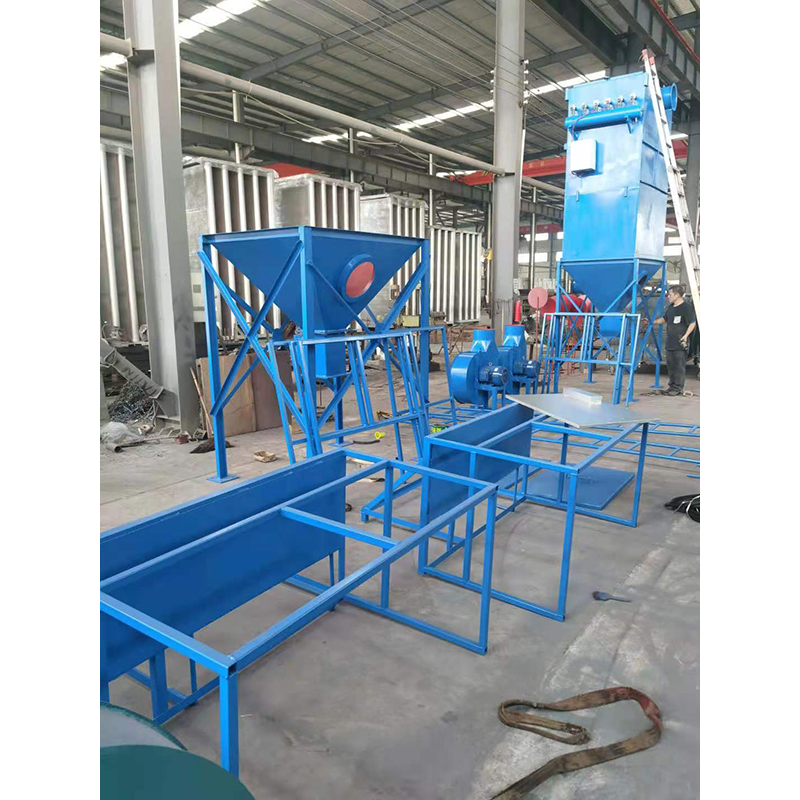
Wet dust remover is an equipment that uses the action of water or other liquids and dusty gas to remove dust particles. When dust particles meet with sprayed water droplets, water films or wetted walls and devices, wetting, condensation, diffusion and sedimentation will occur, thus separating them from the gas to purify the gas. Loudi Wet dedusting equipment company It is characterized by both dust purification and gas purification, major Wet dedusting equipment When the flue gas contains combustible components, the use of wet dust collectors can avoid equipment explosion, and the dust removal effect can generally meet the environmental protection requirements. The equipment is small and the investment is relatively low. Therefore, there are three wet dust collectors used in dust removal projects in mining, metallurgy, machinery, light industry, building materials and other industries. Sludge containing sewage must be treated, otherwise secondary pollution may occur, Therefore, it is not widely used as dry dust collector. There are many types of wet dust collectors. According to their structures, there are the following types: ① gravity spray wet dust collectors - spray scrubbing towers; ② Cyclone wet dust collector - cyclone water film dust collector, water film dust collector; ③ Self excited wet dust collector - impulse dust collector, water bath dust collector; ④ Packed wet dust collector - packed tower, turbulent ball tower; ⑤ Foam wet dust collector - foam dust collector, cyclone dust collector, leaky plate tower; ⑥ Venturi wet dust collector - Venturi tube dust collector; ⑦ Mechanical induction wet dust collector - water wheel dust collector.
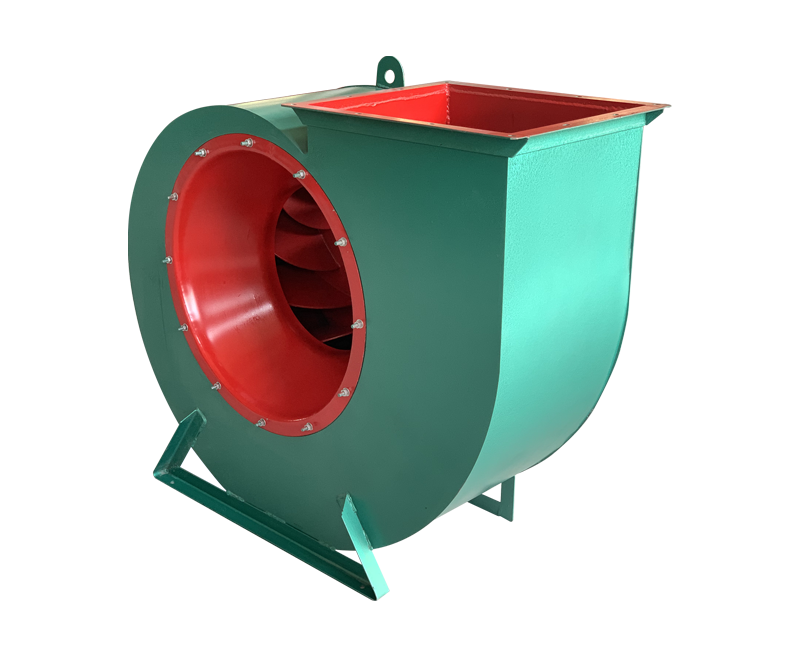
Fans can be classified into several types according to the materials used, such as iron shell fans (ordinary fans), glass fiber reinforced plastic fans, plastic fans, aluminum fans, stainless steel fans, etc. Wet dedusting equipment company In the direction of gas flow. Fans can be classified into centrifugal, axial, diagonal (mixed flow) and cross flow fans according to the direction of gas flow. (1) Centrifugal fan. The airflow enters the impeller of the fan axially and flows mainly along the radial direction. This type of fan is made according to the principle of centrifugal action, and its products include centrifugal fan, centrifugal blower and centrifugal compressor. (2) Axial flow fan. The airflow enters the impeller of the fan axially and flows approximately along the axis on the cylindrical surface. Such fans include axial fans, axial blowers and axial compressors. (3) Rotary fan. Loudi major Wet dedusting equipment Use the rotor rotation to change the air chamber volume to work. Common varieties include Roots blower and rotary compressor.
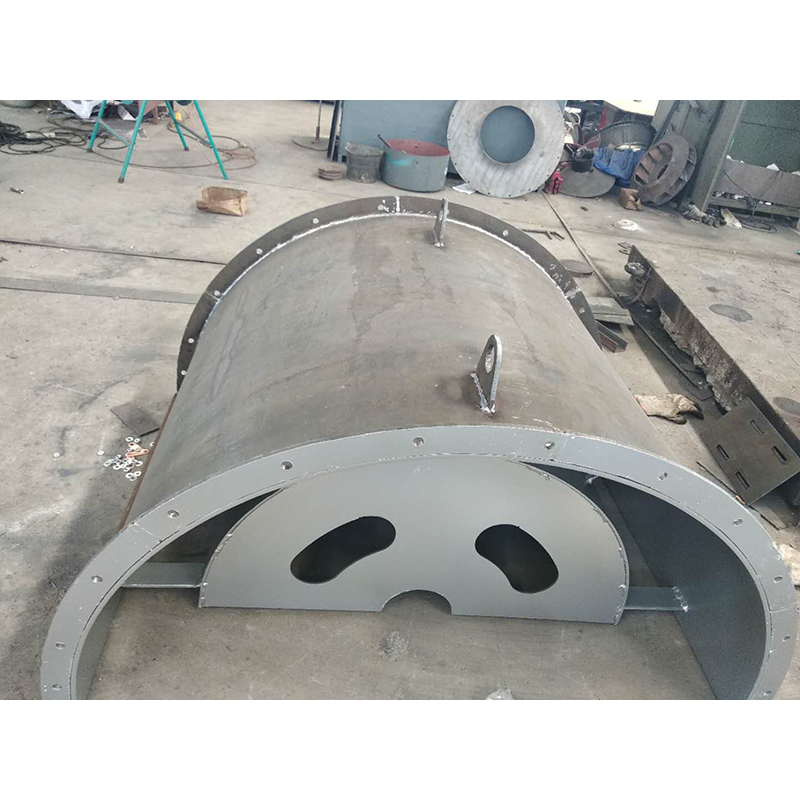
While meeting the new standard, the wet electrostatic precipitator can also control the haze fine particles, sulfur trioxide aerosol droplets, organic pollutants, heavy metal pollutants, etc., which has great social benefits. The air pollutant control mode of SCR+ESP/FF+WFGD+WESP is also a relatively effective way to control pollutants in Shangshan Coal fired Power Plant. Wet dedusting equipment company Common dust control technologies, among which the dry electrostatic precipitator, the electrostatic fabric composite precipitator and the bag type precipitator are used as the front section dust control technology, cannot guarantee the ultra clean emission of flue gas dust after the desulfurization device, while the wet electrostatic precipitator arranged at the downstream of the wet desulfurization device will be used as a reliable terminal dust control technology. The working principle of wet electrostatic precipitator is similar to that of dry electrostatic precipitator. It is high-voltage corona discharge that charges dust or water mist, and charged particles reach the dust collecting plate under the action of electric field force, major Wet dedusting equipment However, in terms of the way of dust, the dry electrostatic precipitator uses mechanical vibration, while the wet electrostatic precipitator uses flushing fluid to flush electricity, washing the dust captured on the dust collection plate into the ash hopper and then discharging the wet electrostatic precipitator. The advantages of the wet electrostatic precipitator are: because the mass and heat transfer processes occur simultaneously in the process of gas and liquid contact, this type of precipitator has the function of dust removal, It also has the function of flue gas cooling and absorption of harmful gases. Suitable for high temperature. High temperature, flammable, explosive and harmful gases; Normal operation and high purification efficiency; Dust and gas that can be used for gathering fog and dust; Exhaust volume balance; Simple structure. Low investment, convenient operation and maintenance.






